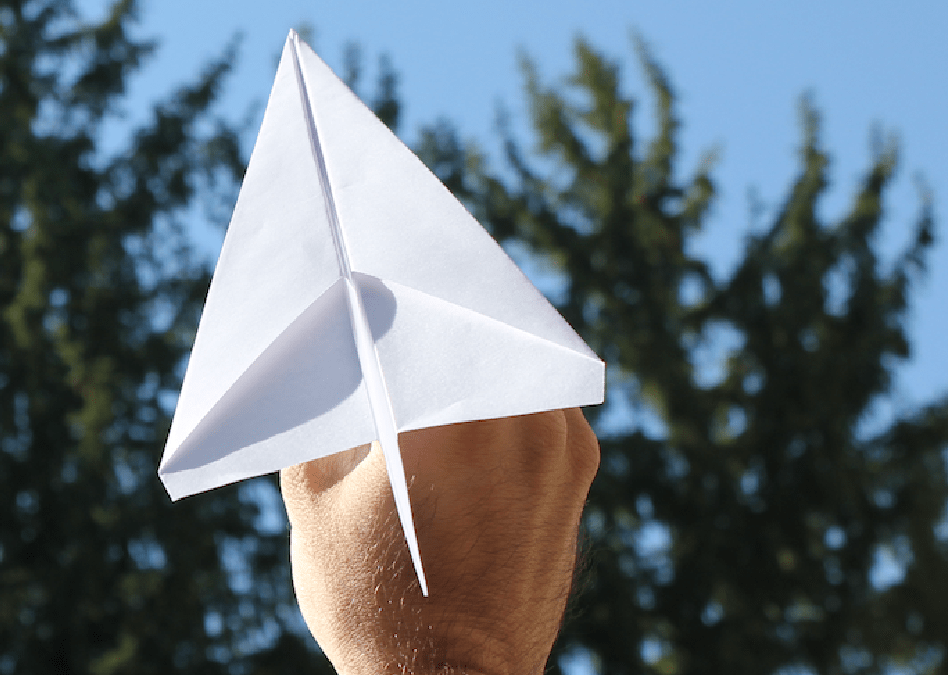For a product development firm to engage with a start-up group, they could come in at any stage really. How they’re engaged depends on the goals of the companies that come in. For startups specifically, it could mean that they need help taking their idea or their prototype to develop it into a viable, commercialized solution for the end users.
Many times, the startups looking for product development services come out of labs, or from universities. Others come from a tinkerer that’s in their garage trying to put together something. Regardless of how they get to a product design firm, when they come in, they don’t really know what the development cycle is or how they can bring it out. Bobby Boyer, Director of Product Development for HS Design in New Jersey explains, “These start-ups come in and just say, ‘I have this prototype. It works. What’s next?’”
THREE TYPES OF START-UPS
- Start-ups with a GREAT IDEA.
It seems that anyone can have a great idea. Executing on it to turn it into a viable solution is where most ideas go to die. Many startups engage with a product design firm with a really great outline for an idea but they’re unsure of where to go beyond that. The role that a product design firm plays in this scenario is almost that of a mentor. There will be a short checklist of questions to address prior to getting started. For example; is the idea patentable? Has a patent search been completed? Or is there another way in which the idea has been or could be secured? The best design firms will then work with the new team to see if there are other variations of that idea that can work. This ultimately leads to some concept development to determine the true viability for the idea and eventually a pathway to commercialization. - Start-ups with a PRODUCT
The next type of start-up that engages with a product design firm is the one that already has a product when they come in the door. These start-ups already have something that they’ve tested and they know that it works. One challenge that they may have is that it is just not manufacturable in its current state. Another challenge could be that they know how it works but the products intended users wouldn’t know how it works. The user would take a look at product and say, “I don’t know. I twist a knob, I do this, I do that, I don’t get it. What does it do?” For these types of start-ups at this stage of the product development, a product design firm would take that product and use its vast experience and previous studies, and perform what HS Design call “Formative Studies.” This type of study brings the product in front of its intended users to determine, what can be improved on this device? How can it be made to be manufacturable? This ultimately leads to further developing the engineering of the product development and empirically reviewed to determine the true viability for the product and eventually a pathway to commercialization. - Reiteration of the FIRST GENERATION Start-up
The final type of start-up that walks in the door of a product development firm are companies that are just about to hit the market, but not completely in love with it. For these types of start-ups, engineering and technology have been completed, but the design or the “look” or “feel” just isn’t right. As a result, a product design firm will be engaged to help make it POP as it hits the market. These are both the best and most difficult clients to work with. The challenge is that there tends to be little room for a redesign because the engineering needs to be located in a specific space for the product to operate correctly. They are also great clients to work with because there tends to be an urgency to move things ahead as quickly as possible so innovation is born out of necessity. Finally, with the product having the new redesign and ready to hit the market, the most advanced product design firms will also offer business development and marketing support to leverage their expertise from previous successful launches.
Bobby’s final take, “At HS Design, we really try to work with start-ups to say, “This is the path to develop your product up until you can manufacture it and get it out the door.” Our goal is to really try and work with these startups. It’s a marriage, really. We’re trying to make sure that they are successful so that we are successful at the same time. So, whatever we can do to help them, in that way, is what we try to do.”
